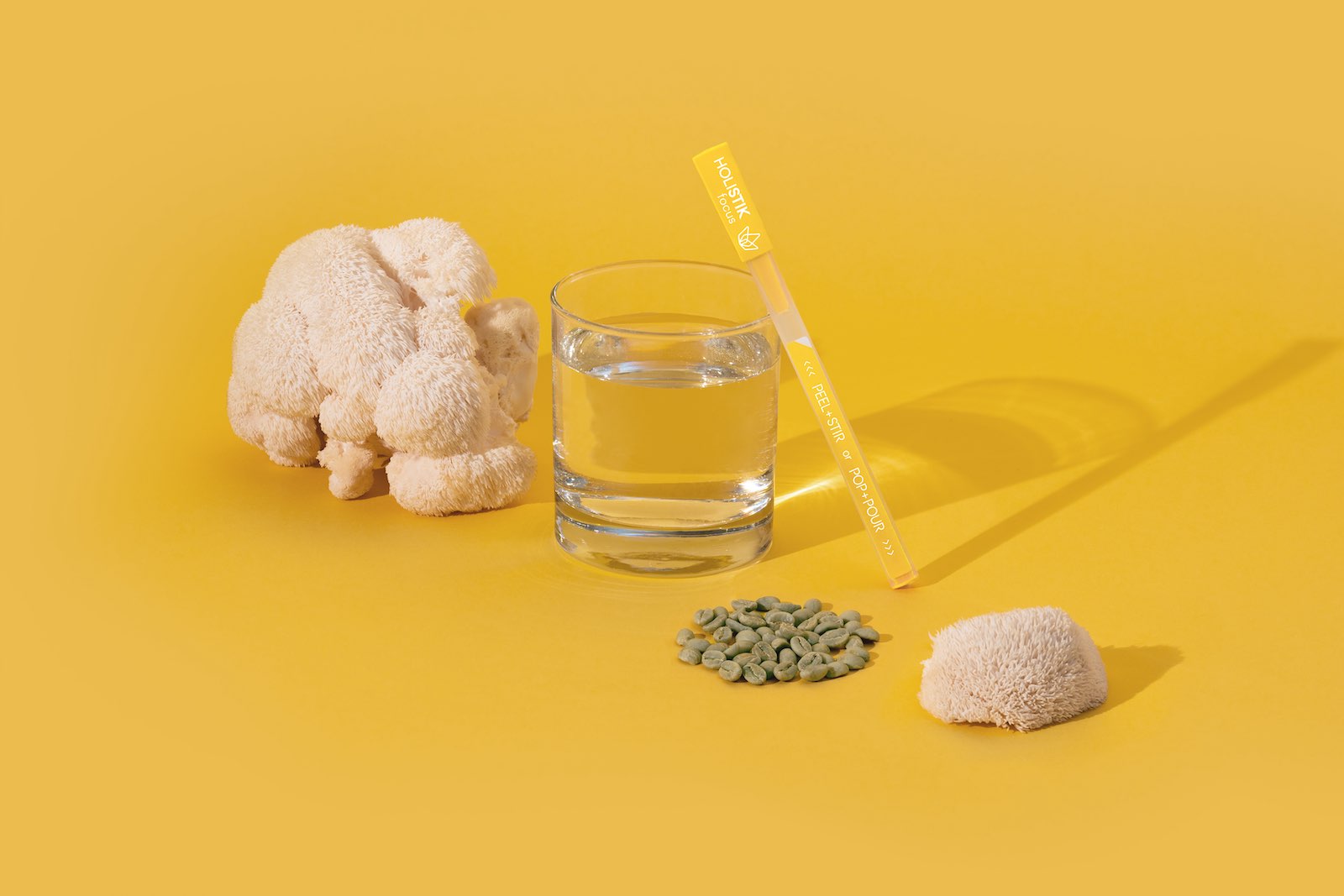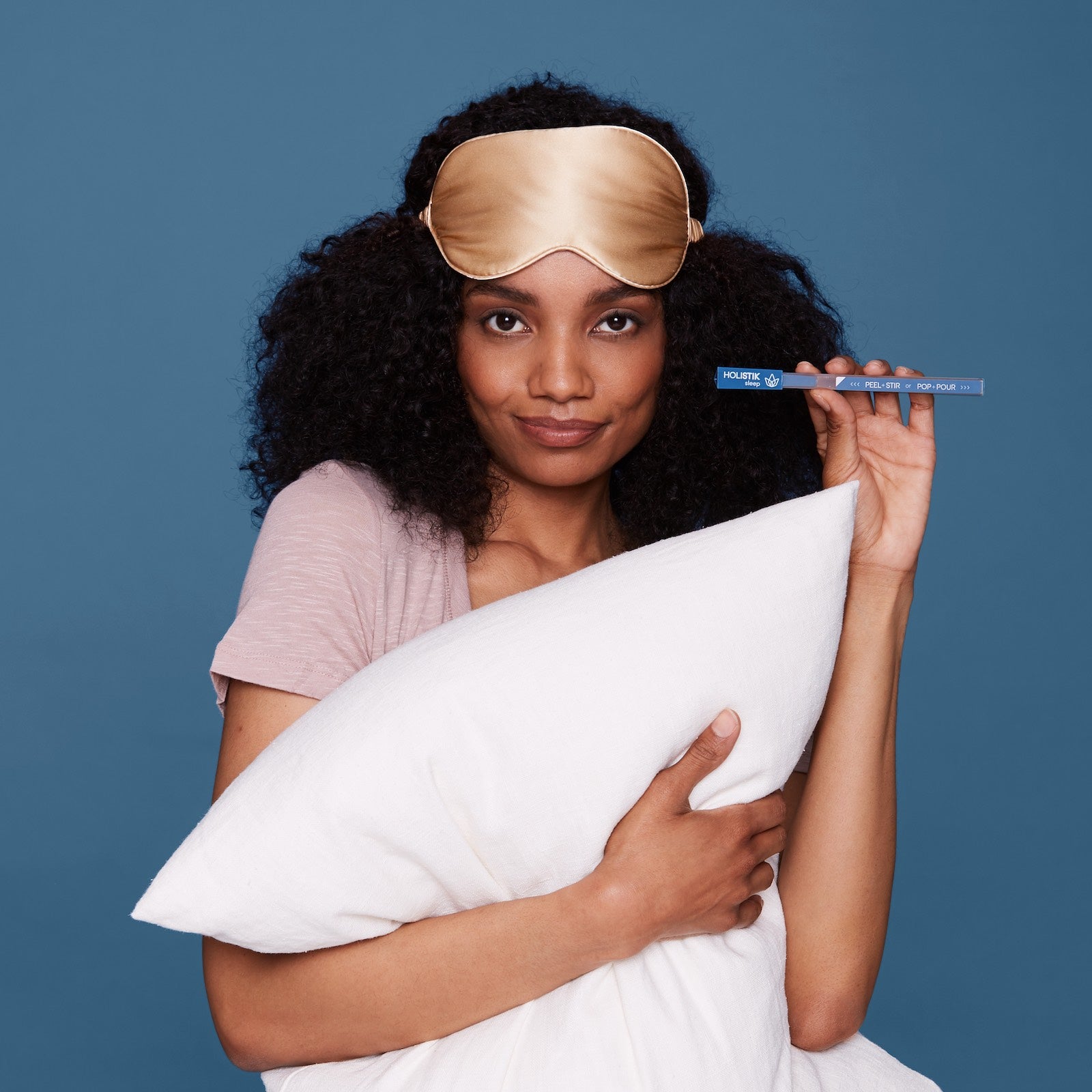Cannabidiol, more commonly known as CBD, has made great strides over the past few years in earning the praise of health and wellness enthusiasts, as well as members of the medical community. While the industry continues to wait for the Food and Drug Administration (FDA) to provide needed guidelines on the sale and marketing of this new consumer product, consumer excitement and the resulting boom in sales, have proven more than just a passing trend.
If you're one of the millions of people who are new to the world of cannabis, you may have some questions before deciding whether or not CBD is right for you. In this 'Ultimate Introduction to CBD', we'll provide you with in-depth answers to frequently asked questions like, what is CBD, where does CBD come from, what types of CBD are available for purchase and how to determine the best CBD product for your needs. Let's get started...
What is CBD?
Cannabidiol (CBD) is a non-intoxicating chemical compound produced by the Cannabis sativa plant. It is commonly found within Cannabis oil, which is contained within resin glands found on the surface of Cannabis flowers. The Cannabis plant produces more than 113 unique compounds known as cannabinoids, of which CBD is one. The term cannabinoid describes a unique class of organic chemicals, all of which feature similarities to the active components of Cannabis.
In nature, Cannabis is one of the richest sources of cannabinoids, although it is far from the only one. Other plants [and animals], such as kava, chocolate, and black pepper, can produce different types of cannabinoids, all of which stimulate the Endocannabinoid System (ECS - discussed in more detail in ‘How does CBD Work’ below), a large cell-to-cell communication network found in humans and other vertebrate animals.

Where does CBD come from?

Before discussing CBD itself, let’s first explore a brief history of the cannabis plant. While the earliest written record of cannabis use appears in ancient China (~6000 B.C.), the most direct evidence can be found in scripts closer to 2700 B.C. in early editions of the Pen Ts’ao Ching. Throughout the ages, we find many examples of cannabis being used [by multiple cultures] for its perceived restorative and medicinal properties.
Fast forwarding to more modern times, the use of cannabis-derived medicines began to fade in the early 20th century, thanks to the advent of more modern medicines to treat pain and other common conditions. By the late 1930s and early 40’s the war on cannabis was well underway, and the cultivation of the plant was deemed illegal.
In 1970, the Controlled Substances Act was passed; making the mere possession of cannabis illegal. The new law listed cannabis (both hemp and marijuana), as a Schedule I substance with ‘no medicinal benefits and a high risk of dependence’.
Just over a quarter century later (1996), California led the way on legalization of cannabis for the treatment of certain medical conditions, despite the federal ban. Over the past 40 years, there has been an explosion of credible medical research into the benefits of cannabis as a whole. CBD itself, has quickly gained acceptance around the world as a viable tool for supporting overall wellness.
While it hasn't stopped scientists from searching for new sources, CBD can be found in its highest concentration and almost exclusively within cannabis. The type of CBD consumers purchase in-store or online is actually formed when a raw cannabinoid, known as Cannabidiolic Acid (CBDa), is broken down through a process called decarboxylation.
Decarboxylation happens when CBDa is aged, heated or both. Exposure to heat, oxygen and other environmental stressors breaks down the CBDa molecule and changes its structure, resulting in cannabidiol, or CBD.
Today, thanks to consumer adoption and availability of quality products, research into CBD’s effects on the human body is nearing a tipping point. Modern technology has even provided several new methods of refining and isolating CBD; increasing the bioavailability of the cannabinoid through technologies like nanoemulsions, which make CBD water-soluble, thereby increasing its potency and/or its level of absorption.

How do I use CBD?
There’s no shortage of options when it comes to introducing CBD into your system. What makes CBD so unique is that, thanks to the 2018 Farm Bill, it is available to consumers in all 50 states in a variety of consumption methods and product types. This can be beneficial, albeit overwhelming at first, to consumers who want to use CBD for medicinal purposes. Let’s discuss a few of the most common product types, how they’re commonly used, and some of the pros and cons of each.
How does CBD work?

In order to understand how CBD works, we must first understand the concept of the Endocannabinoid System (ECS).
CBD, much like its more commonly known cannabinoid cousin THC, interacts with our body in a variety of ways. Its main role is to mimic, and augment the effects, of compounds within our bodies called endogenous cannabinoids. These endocannabinoids are part of a homeostatic physiological regulator, in less scientific terms the system keeping everything in the body just right, called the ECS. The ECS was technically discovered by accident, by a team of scientists working to understand how THC affects the body, who stumbled upon this important element of human health.
The Endocannabinoid System is a complex system of cannabinoid receptors (CB1, CB2, TRPV1), endocannabinoid molecules (AEA & 2AG), and metabolic and catabolic enzymes (FAAH & MAGL) that the body depends on for maintaining homeostasis.
Discovered in the mid-90’s, everything our body experiences, like mood, appetite, digestion, and sleep are all regulated by your Endocannabinoid System. This discovery has led to the advancement of human understanding of health, wellness and disease. It has major implications for nearly every area of medical science and helps scientists understand how and why THC, and subsequently CBD and other cannabinoids, are such versatile compounds.
It is important to note that CBD is merely a molecule, not a magic potion. However, studies have shown that people suffering from general ailments to serious diseases could potentially benefit from legal access to a wide range of cannabis remedies; and not just low-THC or no-THC products. There is compelling evidence showing that CBD alone may not always do the trick and that CBD tends to work best when used in combination with a full spectrum of phytocannabinoids, known as the Entourage Effect.
Shop NowHow do I know what CBD is best for me?
It seems like new CBD companies are popping up almost daily, and as we've discussed in this introduction to CBD, you’ll find a broad range of products, dosages and consumption methods to choose from. So how do you know what CBD is best for you?
The first thing you need to keep in mind is that every person is unique and will respond to CBD differently. When it comes to dosage levels, we highly recommend the low and slow method. Start with a low dosage at first and see how your body reacts. Once you begin to have a better understanding of your body’s response, slowly increase the dosage until you find the lowest possible dosage that provides your desired effects.
No matter what dosage you end up taking, or method of consumption you decide to try, you should always ensure you’re consuming a quality product. The best way to ensure the quality of your CBD is through third-party laboratory testing. In order for a CBD product to be licensed, it must first be batch-tested prior to sale. This process requires laboratory technicians test multiple samples from a particular harvest to determine things like cannabinoid content, terpene content or the presence of any heavy metals, pesticides, microbials, or residual chemicals.
There are three stages in which testing should be performed prior to final product testing:
Soil Testing

Soil testing is done prior to planting seeds to ensure no heavy metal buildup or toxins exist within the soil, which the plant will undoubtedly absorb. Cannabis sativa is a biological sponge soaking in everything, good or bad, from the soil and air.
Harvest Testing

The second stage of testing happens after a crop has already been harvested. The harvested plants are tested for pesticides, heavy metals, molds, bacteria, and other contaminants prior to being used for extracting usable cannabinoids.
Extract Testing

The final stage of testing is done after extraction. This stage is critical because hemp and cannabis extracts have the highest risk for contamination, due to the concentration that happens throughout the entire extraction process.
We also recommend looking for products that can be tracked ‘from seed-to-sale’ and that come from plants grown in a highly controlled environment. Controlled environments, such as a greenhouse, can protect the plant from absorbing potentially harmful elements from the soil, which alleviates initial risks to the end consumer.
When it comes to quality assurance, transparency by the brand is pivotal. We recommend always checking a product’s Certificate of Analysis (COA) before purchase. This certificate shows the cannabinoid content of the product and indicates that it contains safe or non-detectable levels of contaminants; as determined by the FDA and/or local governments. COA’s can typically be found on a product’s packaging via a QR code or by visiting a brand’s website.
While it may require some research on your part, ensuring you purchase a quality product will put you on the right path for discovering the CBD that’s right for you.
In Conclusion
While there is much that has been learned over the past quarter century, there is still much more research that needs to be done on the uses and potential benefits of cannabis-derived products, such as CBD. The industry is complex and, at times confusing, but in the years to come we hope to see stabilization through governmental regulation and standardization.
There you have it. The Ultimate Introduction to CBD. You are now armed with the fundamental knowledge necessary to get started on your quest for CBD Wellness.










